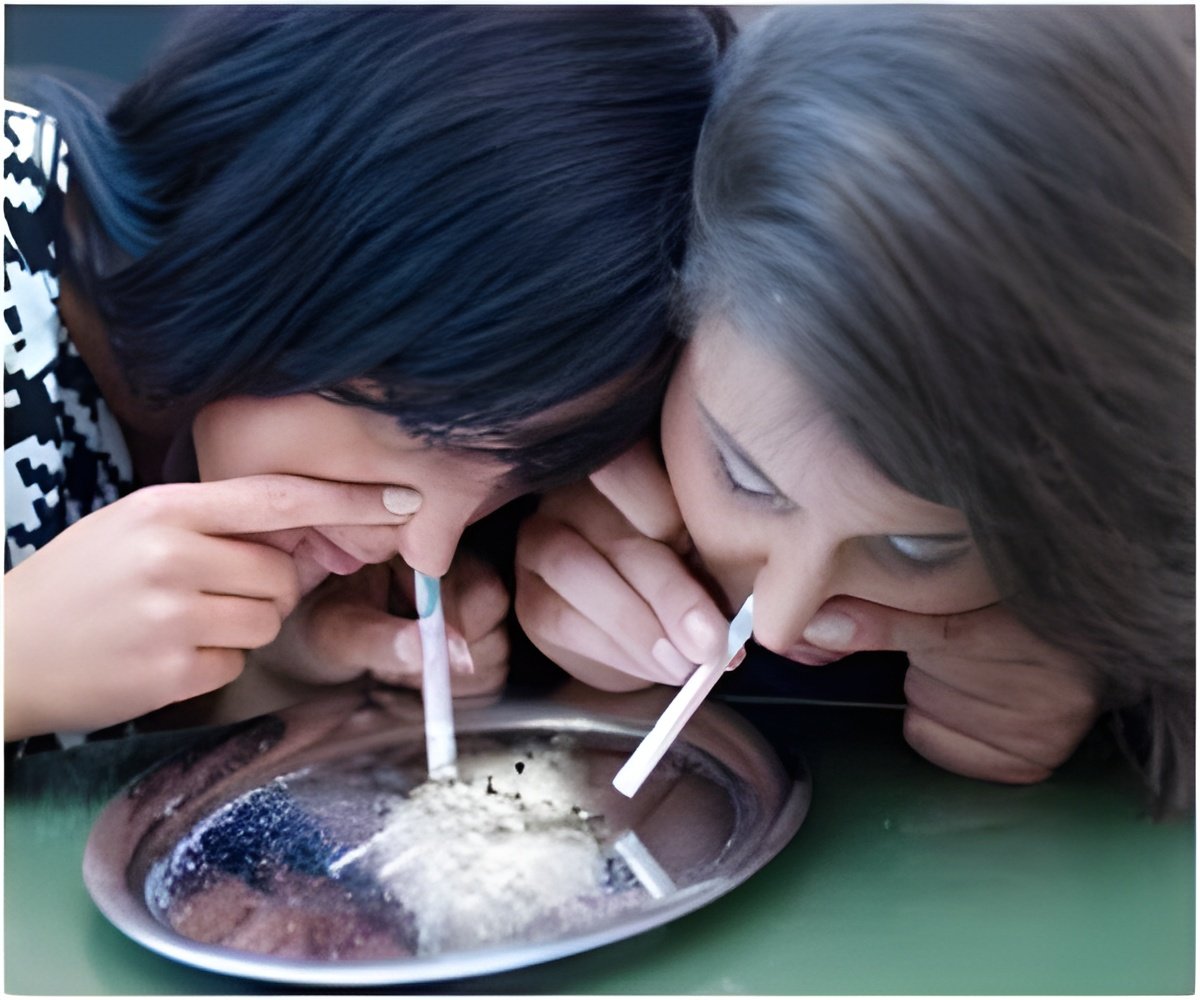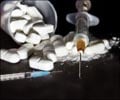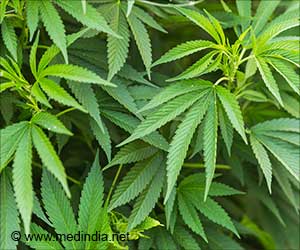Recurring contact with cocaine shrinks a protein activity vital for regular functioning of the brain's reward system, thus boosting the reward for cocaine use and stimulating addiction, reveals study.

Using the protein's light-activated form in real time, in a technique known as optogenetics, investigators were also able to block repeated cocaine exposure from enhancing the brain's reward centre from cocaine.
Even though the results are very early and many steps will be important in moving from mice to humans, the researchers say that the finding opens the door to a new direction for treatment for cocaine addiction.
"There are virtually no medication regimens for cocaine addiction, only psychotherapy, and some early work with vaccines," said the study's senior investigator, Eric Nestler, MD, PhD, Nash Family Professor of Neuroscience, Chairman of the Neuroscience and Director of the Friedman Brain Institute at Mount Sinai School of Medicine.
The protein, Rac1, is found in many cells in mice, rats, monkeys, and humans, and it is known to be involved in controlling the growth of nerve cells.
Investigators "knocked out," or deleted, the gene responsible for Rac1 production, or injected a virus to enhance expression of Rac1.
"This is the first case in the brain in vivo where it's been possible to control the activity of a protein, inside nerve cells in real time. Our findings reveal new pathways and target - a proof of principle study really - for treatment of cocaine addiction," Dr. Nestler added.
Source-ANI
 MEDINDIA
MEDINDIA




 Email
Email








